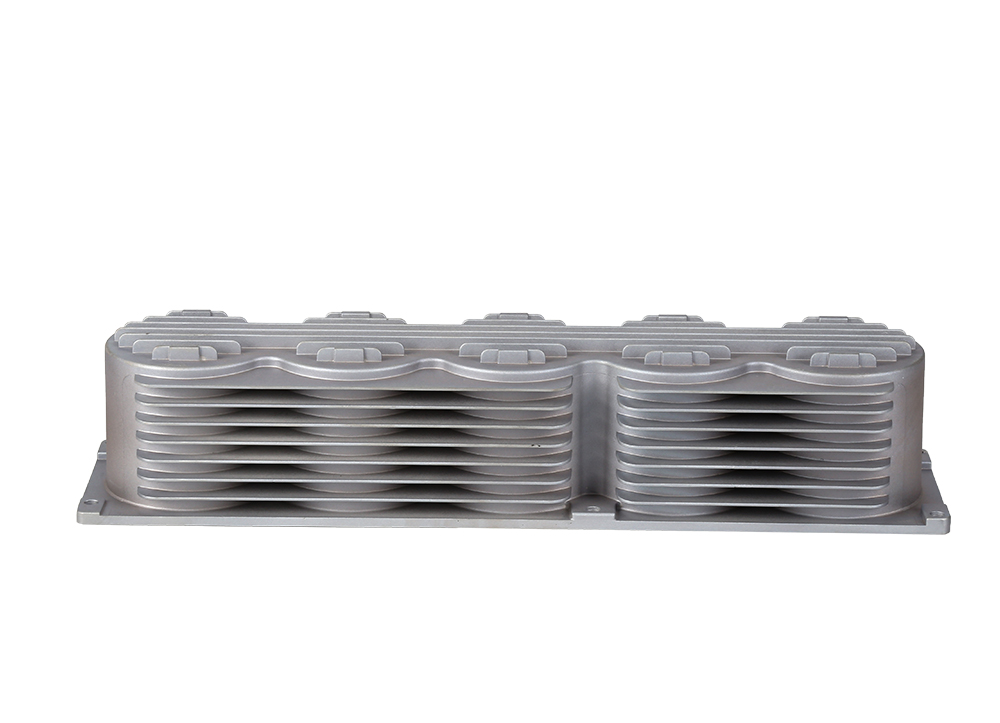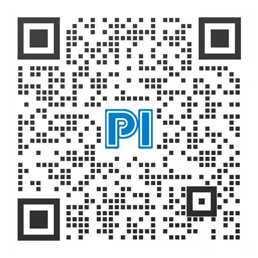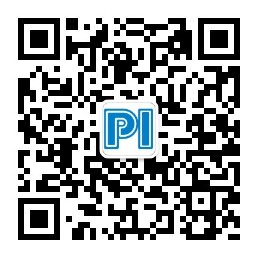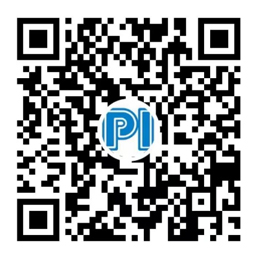Time:2022-11-21 Preview:
The main functions of the switch include physical addressing, network topology, error checking, frame sequence and flow control. At present, switches also have some new functions, such as supporting VLAN (Virtual Local Area Network), link aggregation, and even firewall.
MAC part: The Ethernet switch knows the MAC address of the device connected to each port, maps the address to the corresponding port, and stores it in the MAC address table cached by the switch.

Forwarding/filtering part: When the destination address of a data frame is mapped to the MAC address table, it is forwarded to the port connecting to the destination node, not to all ports (if the data frame is a broadcast/multicast frame, it is forwarded to all ports).
Elimination of loops: When the switch contains redundant loops, the Ethernet switch uses Spanning Tree Protocol to avoid loops and allow backup paths.
Generally speaking, each port of the switch is used to connect an independent network segment, but sometimes in order to provide faster access speed, we can directly connect some important network computers to the port of the switch. In this way, key servers and important users of the network can access faster and support larger information flows.
Switches are divided into non managed switches, optical switches and fully managed switches.
 Related News
Related News·Four factors affecting the cutting accuracy of CNC laser cutting machines ·CNC processing advantages and disadvantages ·The processing scope and structure of vertical CNC lathes ·Type of medical equipment die castings ·CNC machining techniques for aluminum casing ·Tool wear in precision medical equipment processing · How to remove the mechanical parts processing ·How to prevent damage to precision hardware processing ·Advantages of CNC processing aluminum alloy materials ·Analysis of the reasons for the inaccurate precision of metal stamping parts of stamping metal proce


